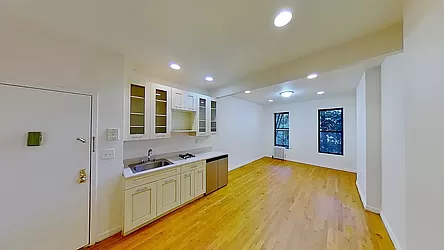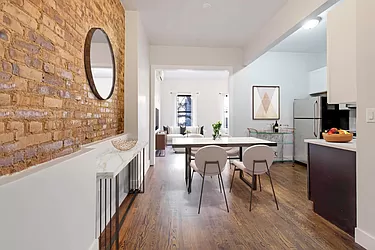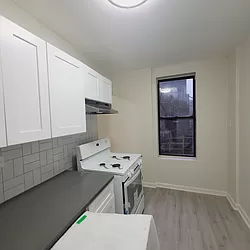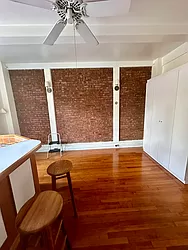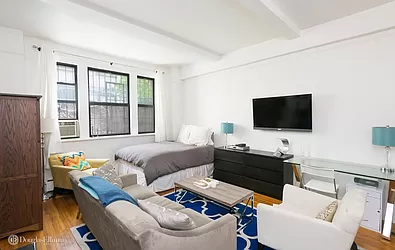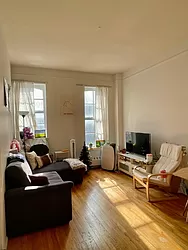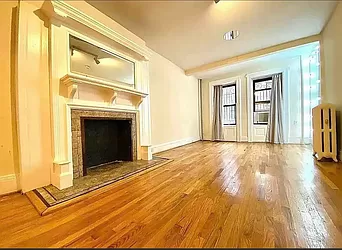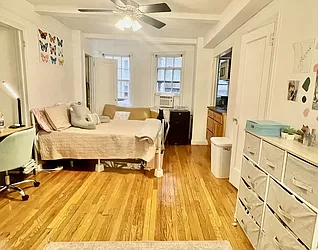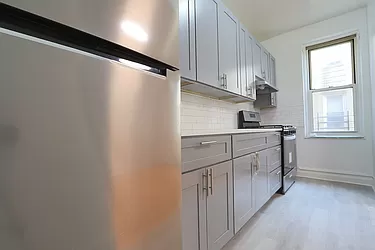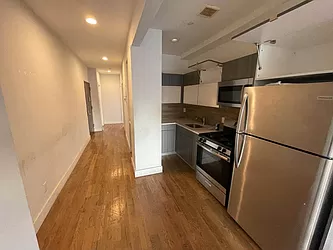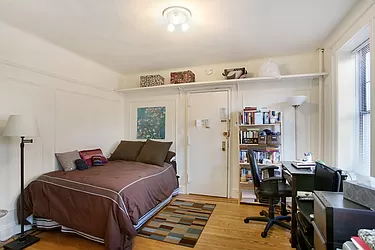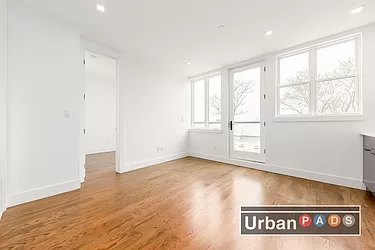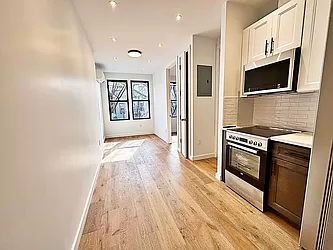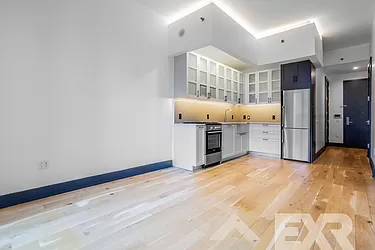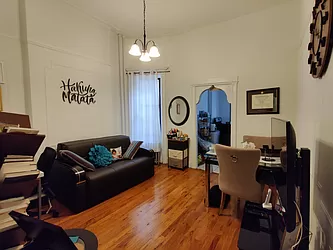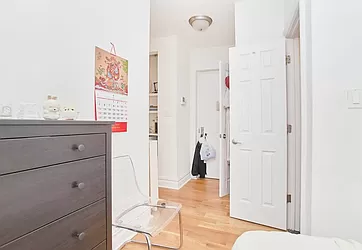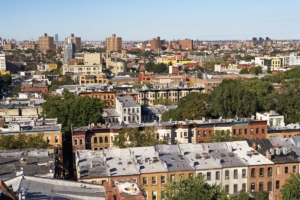StreetEasy’s recent Q4 2017 Market Report highlighted the rise in rental discounts and stagnant rent growth across Manhattan, Brooklyn and Queens. New Yorkers tend to associate the colder seasons with a cooling market — lower prices, more discounts and concessions, and less inventory. For prospective renters wondering if winter is the best time to rent, we’ve examined trends in the rental market that fluctuate most due to seasonality. We find that while inventory levels and discounts are highly seasonal, prices remain relatively stable throughout the year — so whether winter or summer is best for you depends on whether you place more value on a wide selection or deeper discounts.
Renters Have More Choices in the Summer
The busy season in the rentals market is marked by high inventory and demand. Rental inventory levels are higher than usual from May through August, and dip through the fall, reaching their lowest levels in December. Renters can expect to see 11 percent more listings in July versus 12 percent fewer in December. This means that in any given year, summer renters have access to nearly 6,000 more units than winter renters, holding the annual growth in inventory constant.
Discounts Spike in Winter
Renters are less likely to find cuts to asking rents during the summer months, and more likely to find them in the months leading to winter, when units tend to linger on the market and landlords are more willing to negotiate. Discounts are least likely in April and May, and most likely in October, marking the beginning and end of the busy season. The biggest discounting period begins in September and lasts through November. In October, the share of discounted rentals increases 23 percent, as landlords try to clear out the inventory left from the summer while facing less demand. In May, renters can expect to see a 14 percent drop in the share of discounted rentals.
Manhattan Rentals Under $2,500 Article continues below
Prices Do Not Fluctuate Much Across Seasons
Rental prices fluctuate far less than inventory or discounts throughout the year. While rents are indeed higher between May and October and lower during the winter season, this fluctuation amounts to a difference of 1.4 percent of the median rent, using StreetEasy’s rent index, which controls for unit quality over time. This means renters would pay $30 more per month for an apartment leased in August versus February. Monthly rents for high-end apartments shift no more than $50 throughout the year.
The small amounts by which rents change can still make a difference over time. An apartment rented in August would cost just over $400 more annually compared to an apartment rented in February, even after taking into account the higher likelihood of winter discounts. However, this does not account for the differences in quality between seasons — that renters in August have more options and thus are likely paying marginally more for a better apartment.
The key driver of rent increases is time — rents have grown by 3.9 percent annually since 2010, and the stagnation in rent growth during the past year came at a welcome time for renters.
Takeaways for Prospective Renters
When choosing the best time to sign a lease, many factors come into play. It is important to consider that the month when a lease ends does not make a huge difference in terms of the prices on the market at that time. Landlords may offer more concessions to sign an 18-month rather than a 12-month lease in the winter, in the hope of putting the unit back on the market during the busier season. For renters, this is not a problem. Even with discounts, renters with leases ending in the winter may save only between 10 and 30 dollars per month on their next apartment. For many, this is likely not enough to financially justify terminating a lease in the winter based on prices alone.
The more important tradeoff when considering the best time to rent is negotiating power versus variety. On the one hand, renters have more choices during the summer months to find an ideal apartment. Choices are more limited during the winter, and much of the inventory may be the leftovers from the summer. The options on the market then may not be the best for their listed prices. For similar prices, renters may find more suitable options during the summer.
On the other hand, renters do have more negotiating power in the winter. In addition to discounts on the listed rent, landlords are more likely to offer one or two months free, or to pay the broker fee. So which renting season is best for you depends on whether you prefer the selection of summer or the negotiating power of winter — and either way, it’s not going to make a huge difference in what you pay.
How We Did It
We used a weighted moving average method on our data on rent indices, rent inventory, and the share of rentals discounted, to smooth these measures over time and adjust for seasonality. We took the difference between our observed values and the smoothed values for each month. We then calculated the monthly average of these differences from 2010 to 2016.
—
Hey, why not like StreetEasy on Facebook and follow @streeteasy on Instagram?
Brooklyn Rentals Under $2,500 Article continues below


